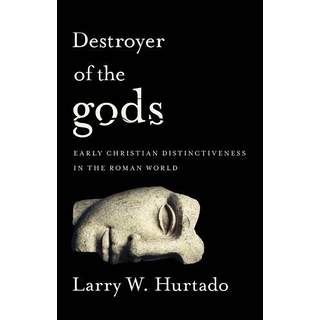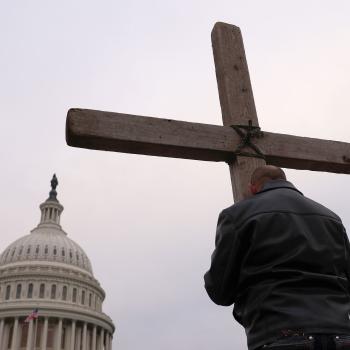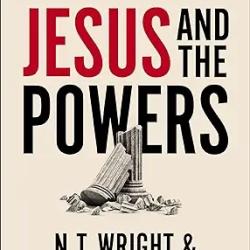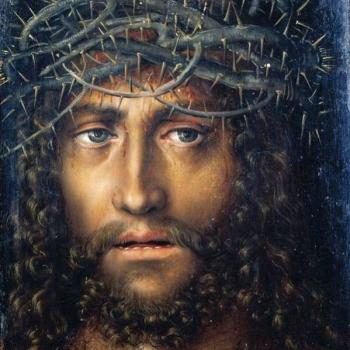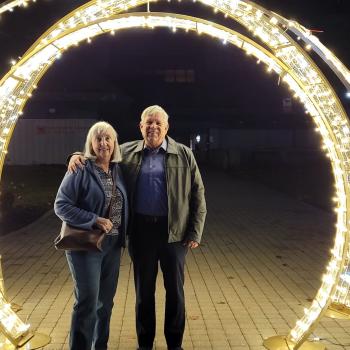BEN: Reading your review of Stark’s 10 factors on why a religious movement succeeds, you point to the fact that the movement on the one hand must maintain some continuity with its cultural setting so it is not seen as totally alien and incomprehensible, but at the same time it must have some distinguishing features, presumably appealing distinguishing features, that set it apart from its setting, including certain behavioral demands made on insiders. The boundaries between insider and outsider must be porous enough to readily allow outsiders in, but at the same time the identity formation must be clear enough that the difference between between insiders and outsiders is reasonable clear. This brings to mind the good results from group-grid analysis of early Christianity which in essence points out, that a community that is both high group and high grid (very stratified leadership structure and strict boundaries) would not explain the growth of Christianity, any more than a very low group low grid (where there seems to be little difference between the group and the outsiders). Somewhere between these extremes is the balance Christianity struck at its most successful– in some ways being in the world, and doing good to the world, but in some ways not ‘of the world’ distinctive. Yes? Have you an opinion of group-grid analysis?
LARRY: It’s been a few decades since I studied grid-group cultural theory, but at the time it seemed to me basically plausible and useful. I was more drawn to Stark’s work because it (1) was based heavily on empirical data, and (2) pertained more directly to the growth of religious movements.
BEN: Towards the close of the first chapter, you, rightly in my view, stress that there was something called proto-orthodoxy which contained a spectrum of diversity within it, but not so much diversity that it could not be distinguished from more fringe groups at the edges of Christianity. The NT reflects this earliest proto-orthodoxy and orthopraxy, and is not the product of later state approval or political maneuverings by Constantine or others, the Da Vinci Code not withstanding. In other words, there were some perceived boundaries to belief and behavior and praxis in earliest Christianity such that ‘false’ teaching and false teachers could be distinguished from true ones by the standards of this evolving proto-orthodoxy. Already in the first and second century there were things and ideas deemed ‘beyond the pale’ by the proto-orthodox Christians, whether because they were never an original part of the Christian movement or not a legitimate development thereof.
This being the case, I would say it is a mistake to talk about radically dueling Christianities at the outset or in the first century setting of the movement, ala the theory of Bauer which is echoed by Ehrman and others that want to suggest multiple Christianities from the outset. To the contrary, it seems to me, this was a Jewish led movement, that had reasonably clearly boundaries of belief and behavior (but not so strict that it made evangelism impossible), and the social networks were reasonably close knit, in contact with one another and by no means as diverse as for instance we find in the second century when we have a majority of Christians being Gentiles and we genuinely see things like Marcionites and Gnostics. Does this in broad strokes represent how you see the nature of earliest Christianity?
LARRY: Well, I’m not clear how anyone in the first couple of centuries would have been able to enforce boundaries such to make something “beyond the pale.” There were no monarchial bishops, and certainly no trans-local authorities able, certainly none able to coerce submission (as was the case in the post-Constantinian period). But there were concerns, nevertheless, to promote cohesion, and so there were efforts to deal with conflicts and refute those perceived as causing them. And there were conflicts: Just think of the ways that Paul refers to certain individuals whom he saw as in conflict with his gentile-mission: “false brethren” (Gal 2:4), “false apostles” and even ministers of Satan (2 Cor 11)! But they were, in social/historical terms, fellow “Christians,” likely fellow Jewish Christians, who strongly believed that Paul’s gentile mission was seriously in need of what they likely thought “reform.” For Paul, however, they were downright dangerous and opponents of the true gospel message. Likewise, what do we make of those who appear to be alluded to in 1 John, who seceded from the community to form their own group, and whose disruptive beliefs may have included claims of divine-like perfection, and may in some way have denied or minimized the historical reality/meaning of Jesus? We don’t have to wait till the second century to have real divisions!
But in addition to these hurtful divisions, there were also other differences, which were not so divisive or conflictual, as I’ve emphasized in a recent journal article: Larry W. Hurtado, “Interactive Diversity: A Proposed Model of Christian Origins,” Journal of Theological Studies 64 (2013), 445-62. What I call “proto-orthodox” Christianity was a “rainbow coalition” of sorts made up of any in that diversity that treated other believers as “brothers” (co-religionists). “Proto-orthodox” Christianity wasn’t monochrome. And the NT seems to me to reflect that posture of an inclusive diversity.


